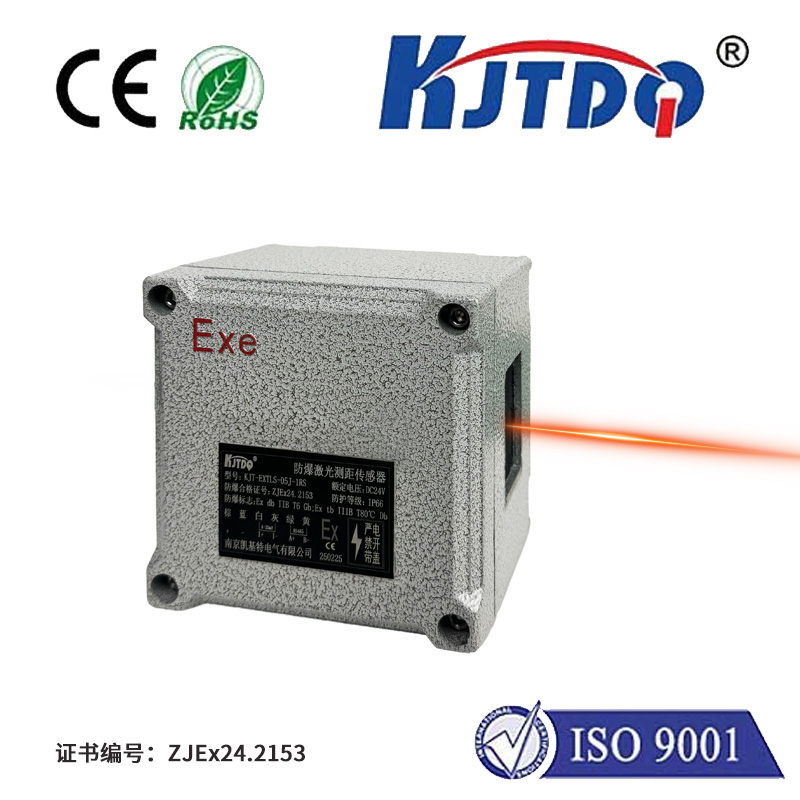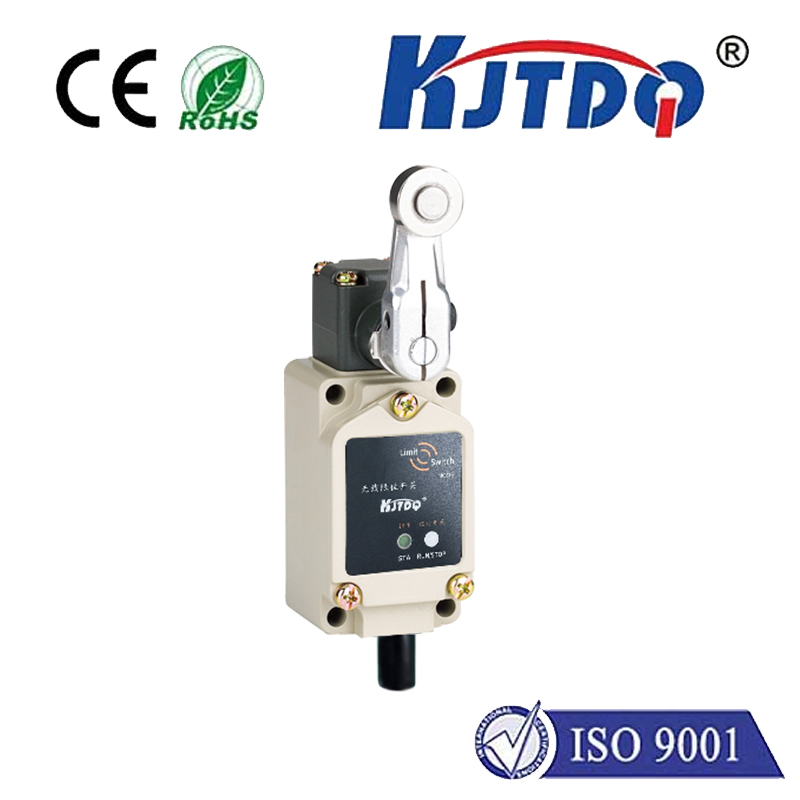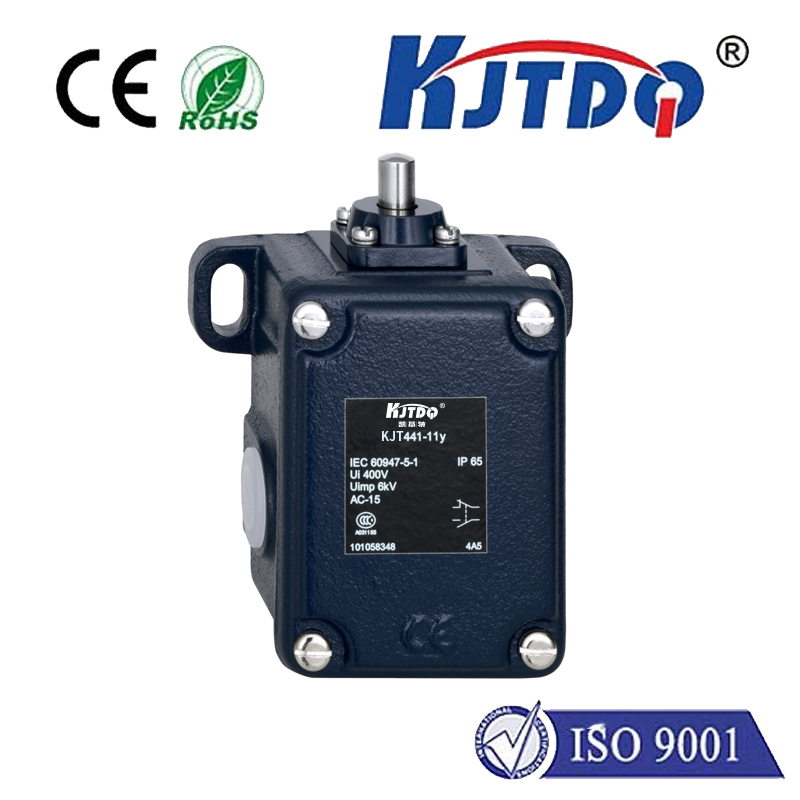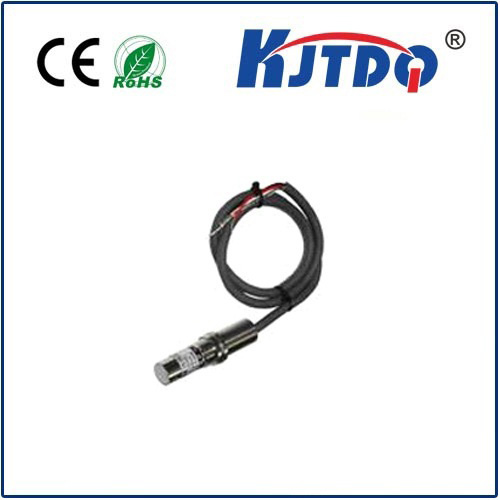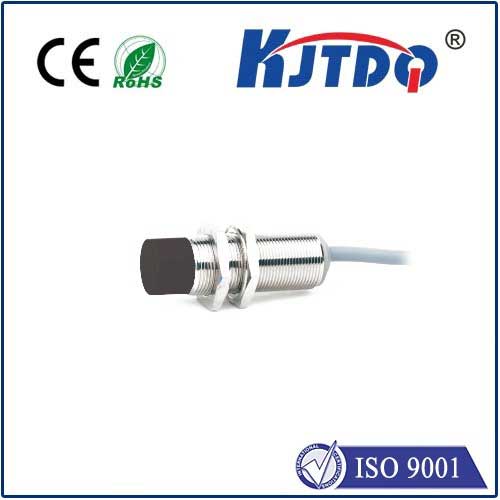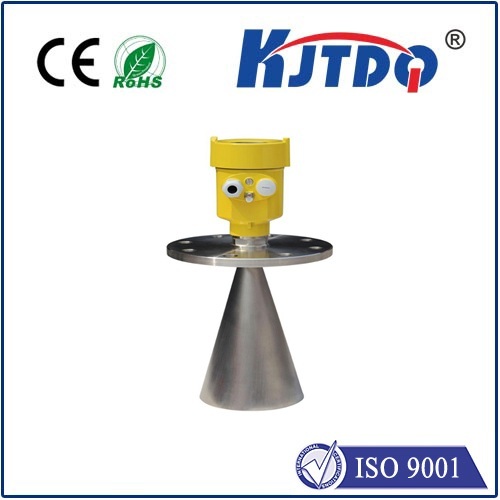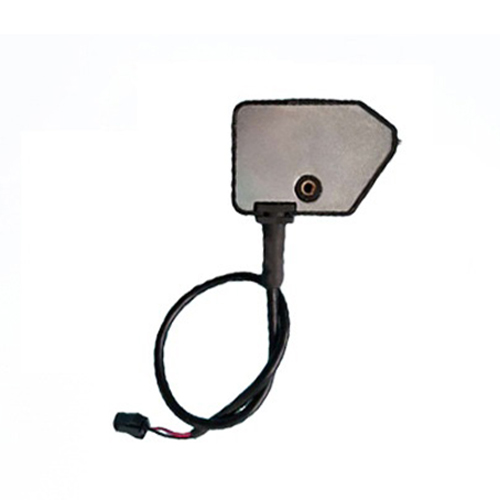Imagine reaching for your smartphone in a dimly lit room. As you lift it towards your ear for a call, the screen instantly fades out, conserving battery life and preventing accidental taps. It’s a seamless experience you rarely notice, yet it’s a hallmark of how proximity light sensors subtly enhance our daily lives. These ingenious devices detect nearby objects using light—typically infrared radiation—without physical contact, enabling smarter, more intuitive interactions with technology. From flagship smartphones to industrial machinery, proximity light sensors are redefining efficiency and user safety, one light-based detection at a time.
At their core, proximity light sensors operate on straightforward yet elegant principles. Essentially, they emit a beam of light—most commonly infrared (IR)—from an LED source. When an object approaches within a specific range, this light reflects back towards a receiver component. The sensor then analyzes the reflected signal to calculate distance and trigger predefined actions. For instance, if the reflection time shortens significantly, it indicates an object is close, prompting responses like screen deactivation. This non-contact method allows for precise measurements, often down to a few millimeters, with minimal energy consumption. Unlike mechanical switches, there are no moving parts, reducing wear and tear and enhancing reliability. Manufacturers often optimize these sensors for low-power modes, making them ideal for battery-operated devices—think smartwatches that wake up only when you raise your wrist.

The applications of proximity light sensors span diverse sectors, underscoring their versatility. In consumer electronics, they’re ubiquitous: smartphones use them to manage screen behavior during calls, while laptops employ them to detect when users step away, dimming displays to save power. Beyond this, automotive systems integrate these sensors for safety features; for example, proximity sensors can detect obstacles during parking or monitor driver alertness by sensing head position. Industrial automation leverages them heavily, where infrared proximity detection ensures machinery stops automatically when workers approach hazardous areas—crucial for workplace safety. Emerging innovations include smart home devices, where sensors in lighting systems adjust brightness based on room occupancy, enhancing energy efficiency. The global market for proximity sensor technology continues to soar, driven by demand in IoT devices and AI-driven systems, proving their role as indispensable components in modern tech ecosystems.
Adopting proximity light sensors brings significant advantages, chiefly through their energy efficiency and enhanced user experience. By minimizing unnecessary screen activation or device functions, they extend battery life dramatically—critical in today’s power-hungry gadgets. Users benefit from intuitive, hands-free interactions; for instance, waving a hand over a sensor can activate voice assistants in smart speakers without touch. Moreover, these sensors support accessibility advancements, aiding individuals with mobility challenges by enabling gesture controls. However, challenges exist. Environmental factors like extreme ambient light or reflective surfaces can interfere with accuracy, although manufacturers counter this with advanced algorithms and shielding techniques. Cost-wise, mass production has made them affordable, but custom applications may require specialized calibration. Overall, their benefits far outweigh limitations, particularly in scenarios demanding seamless automation and reliability.
Looking ahead, proximity light sensors are poised for exciting developments. Integration with AI will enable smarter context-aware functions—imagine sensors learning user habits to predict gestures or optimizing detection in real-time. Advances in infrared technology could lead to sensors with longer ranges and reduced power footprints, expanding into areas like healthcare for patient monitoring devices. As 5G and edge computing evolve, proximity sensors will play a bigger role in smart cities, managing everything from traffic flow to public safety systems. This progress underscores how these unassuming components are catalysts for innovation, transforming how we interact with a digitally interconnected world.
From smartphones to smart factories, the humble proximity light sensor exemplifies how light-based proximity detection solves practical problems with elegance. As devices grow smarter, these sensors ensure interactions remain effortless and energy-conscious, reinforcing their status as foundational elements in the tech landscape.
(Word count: 912)

